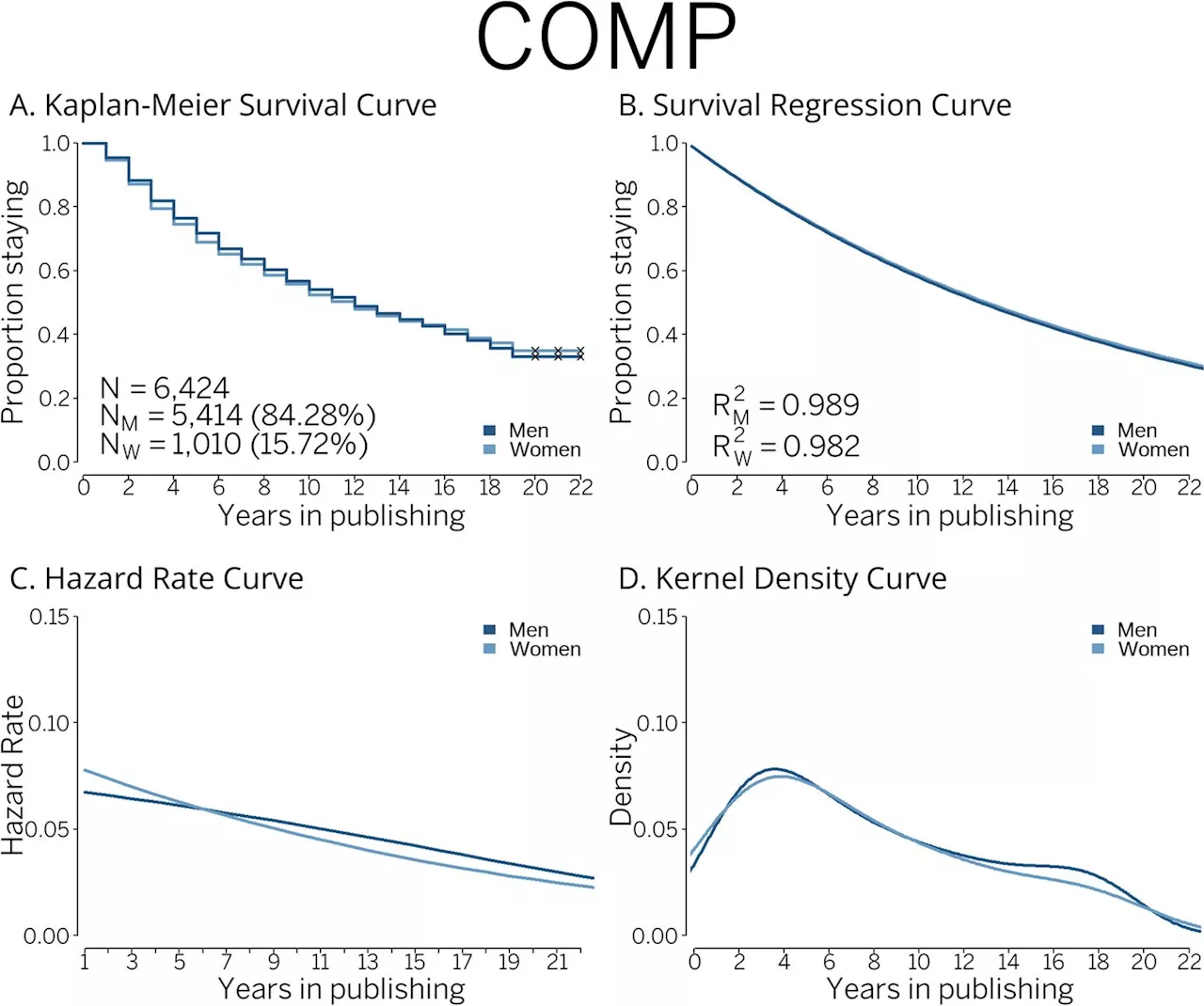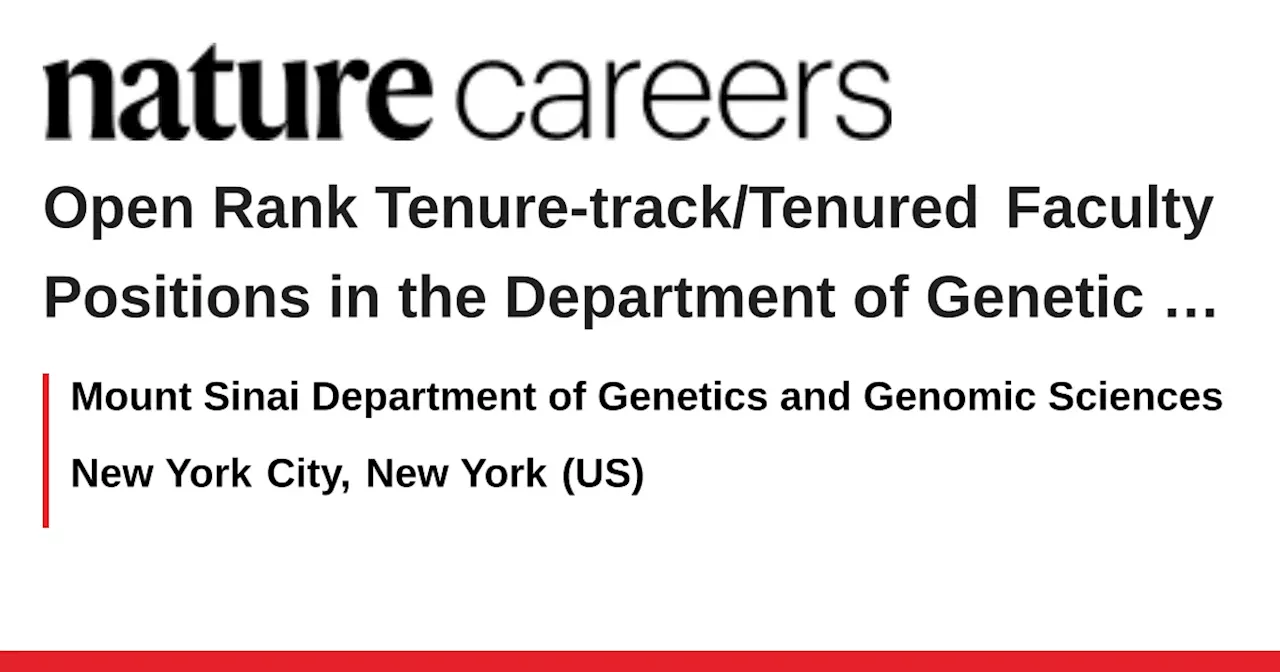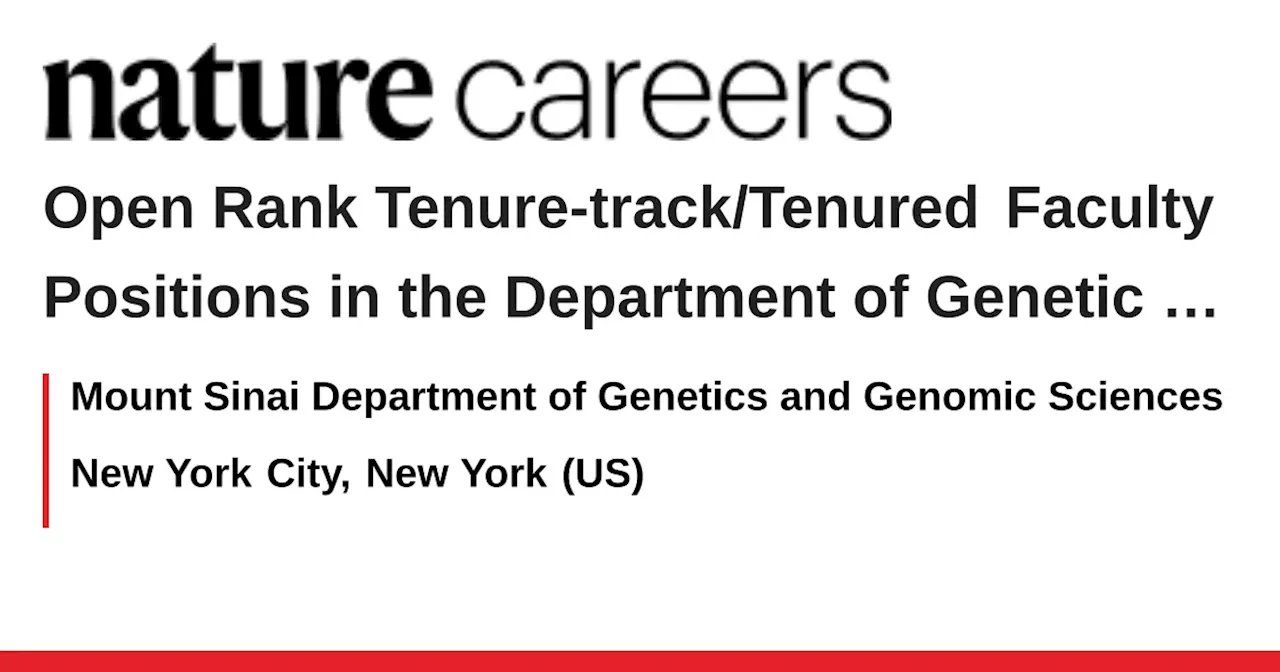Scientists analyzed hairs extracted from the broken teeth of two 19th century 'man-eater' lions. Their analysis revealed DNA from giraffe, human, oryx, waterbuck, wildebeest and zebra as prey, along with hairs that originated from the lions.
Genomic study identifies human, animal hair in 'man-eater' lions' teeth." ScienceDaily. ScienceDaily, 11 October 2024. <www.sciencedaily.comUniversity of Illinois at Urbana-Champaign, News Bureau. . Genomic study identifies human, animal hair in 'man-eater' lions' teeth.
Root hairs represent a low-cost strategy to enhance nutrient uptake because they can significantly increase the nutrient-acquiring surface of plant roots. While primary and lateral roots are ... Countless tiny hairs are found on the outer wall of some cells, for example in our lungs or in our brain. When these micrometer-sized hairs coordinate their movement and produce wave-like ...
A team creates a new way of redefining New Zealand sea lions' habitat. The work will help take the surprise out of coming across sea lions on a forest ... Research finds that a specific strain of herpesvirus triggers cervical cancer affecting nearly 1 in 4 necropsied California sea lions. The findings show that sea lions are a critical model for ...AI Simulation Gives People a Glimpse of Their Potential Future Self
Genes Dentistry Animals Biology Biochemistry Research Early Humans Human Evolution Ancient DNA
United States Latest News, United States Headlines
Similar News:You can also read news stories similar to this one that we have collected from other news sources.
 Disappearing scientists: Attrition and retention patterns of 2.1 million scientists in 38 OECD countriesResearch has been showing that women scientists continue to disappear from science at a significantly higher rate and in higher percentages than men. This is what social scientists have thought for decades—but this is no longer the case today, according to a study published in Higher Education.
Disappearing scientists: Attrition and retention patterns of 2.1 million scientists in 38 OECD countriesResearch has been showing that women scientists continue to disappear from science at a significantly higher rate and in higher percentages than men. This is what social scientists have thought for decades—but this is no longer the case today, according to a study published in Higher Education.
Read more »
 Open Rank Tenure-track/Tenured Faculty Positions in the Department of Genetic and Genomic Sciences - New York City, New York (US) job with Mount Sinai Department of Genetics and Genomic SciencesThe Department of Genetics and Genomic Sciences at the Icahn School of Medicine at Mount Sinai, in New York, NY invites applications for tenure-track or tenured faculty positions at the Assistant, Associate, or Full Professor levels.
Open Rank Tenure-track/Tenured Faculty Positions in the Department of Genetic and Genomic Sciences - New York City, New York (US) job with Mount Sinai Department of Genetics and Genomic SciencesThe Department of Genetics and Genomic Sciences at the Icahn School of Medicine at Mount Sinai, in New York, NY invites applications for tenure-track or tenured faculty positions at the Assistant, Associate, or Full Professor levels.
Read more »
 Tenure-Track or Tenured Faculty Positions in Genetics and Genomic SciencesThe Department of Genetics and Genomic Sciences at the Icahn School of Medicine at Mount Sinai invites applications for tenure-track or tenured faculty positions. We seek exceptional candidates with medically relevant research interests in areas such as Cancer Genetics, Computational Biology, Drug Development, Functional Genomics, Gene Editing, Immunogenomics, Microbial Genomics, Technology Development, Neurogenomics, and Artificial Intelligence.
Tenure-Track or Tenured Faculty Positions in Genetics and Genomic SciencesThe Department of Genetics and Genomic Sciences at the Icahn School of Medicine at Mount Sinai invites applications for tenure-track or tenured faculty positions. We seek exceptional candidates with medically relevant research interests in areas such as Cancer Genetics, Computational Biology, Drug Development, Functional Genomics, Gene Editing, Immunogenomics, Microbial Genomics, Technology Development, Neurogenomics, and Artificial Intelligence.
Read more »
 Silencing in action: How cells 'repress' genomic remnants of ancient virusesResearchers have identified key cellular control sites that regulate gene expression and prevent the activation of 'cryptic' genomic regions, including ancient viral sequences.
Silencing in action: How cells 'repress' genomic remnants of ancient virusesResearchers have identified key cellular control sites that regulate gene expression and prevent the activation of 'cryptic' genomic regions, including ancient viral sequences.
Read more »
 Silencing in action: How cells 'repress' genomic remnants of ancient virusesIt is crucial for organisms to be able to control which genes are expressed in which cells and when. Naturally occurring chemical modifications of DNA-binding histone proteins are believed to play an important role in this process; however, it had been unclear whether they play a causal role in instructing gene expression.
Silencing in action: How cells 'repress' genomic remnants of ancient virusesIt is crucial for organisms to be able to control which genes are expressed in which cells and when. Naturally occurring chemical modifications of DNA-binding histone proteins are believed to play an important role in this process; however, it had been unclear whether they play a causal role in instructing gene expression.
Read more »
 19th Century 'Time Capsule' Unearthed in FranceVolunteers excavating an archaeological site in Normandy, France, discovered a glass flask containing a message from a 19th-century archaeologist who surveyed the region nearly 200 years ago.
19th Century 'Time Capsule' Unearthed in FranceVolunteers excavating an archaeological site in Normandy, France, discovered a glass flask containing a message from a 19th-century archaeologist who surveyed the region nearly 200 years ago.
Read more »
